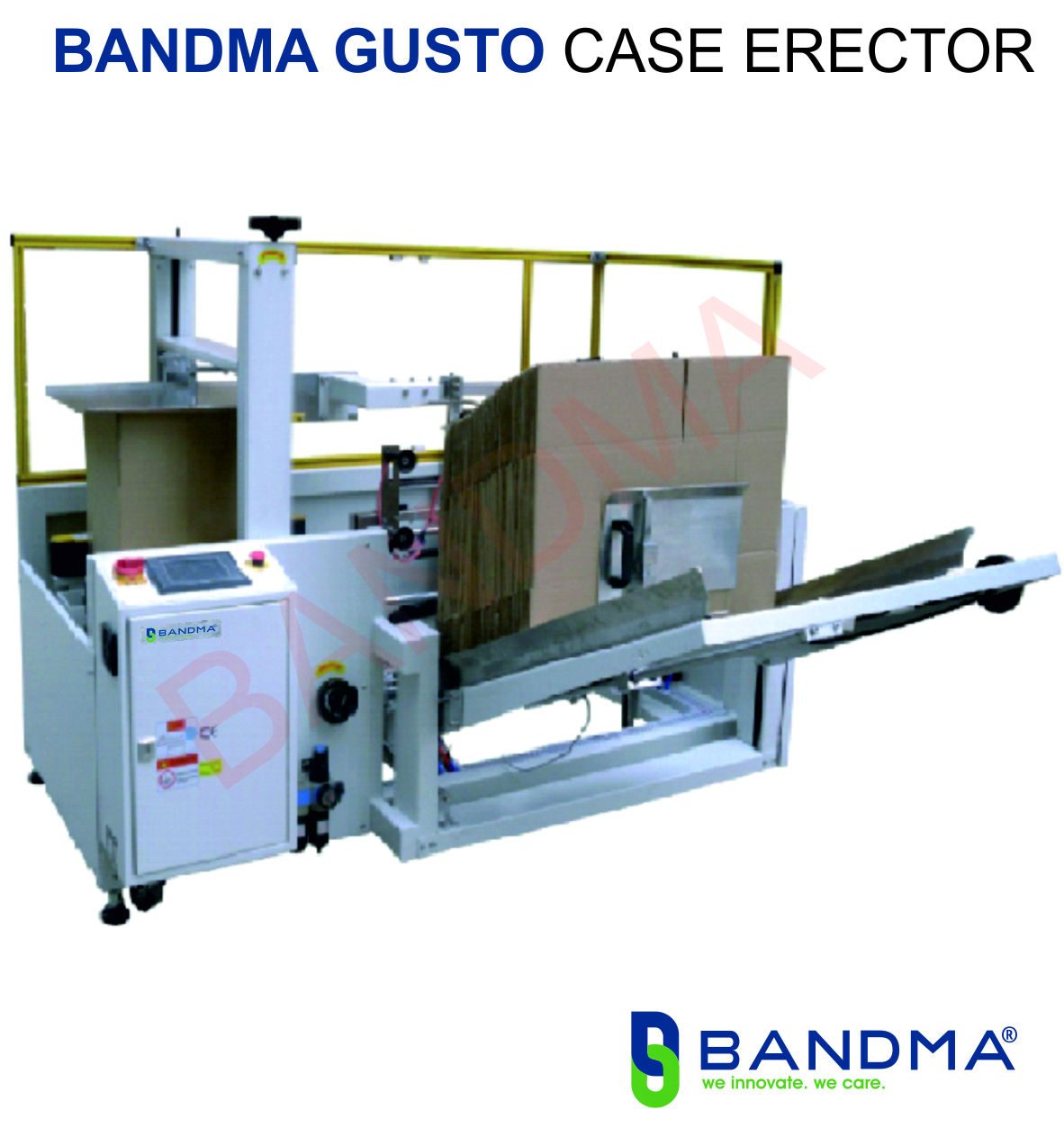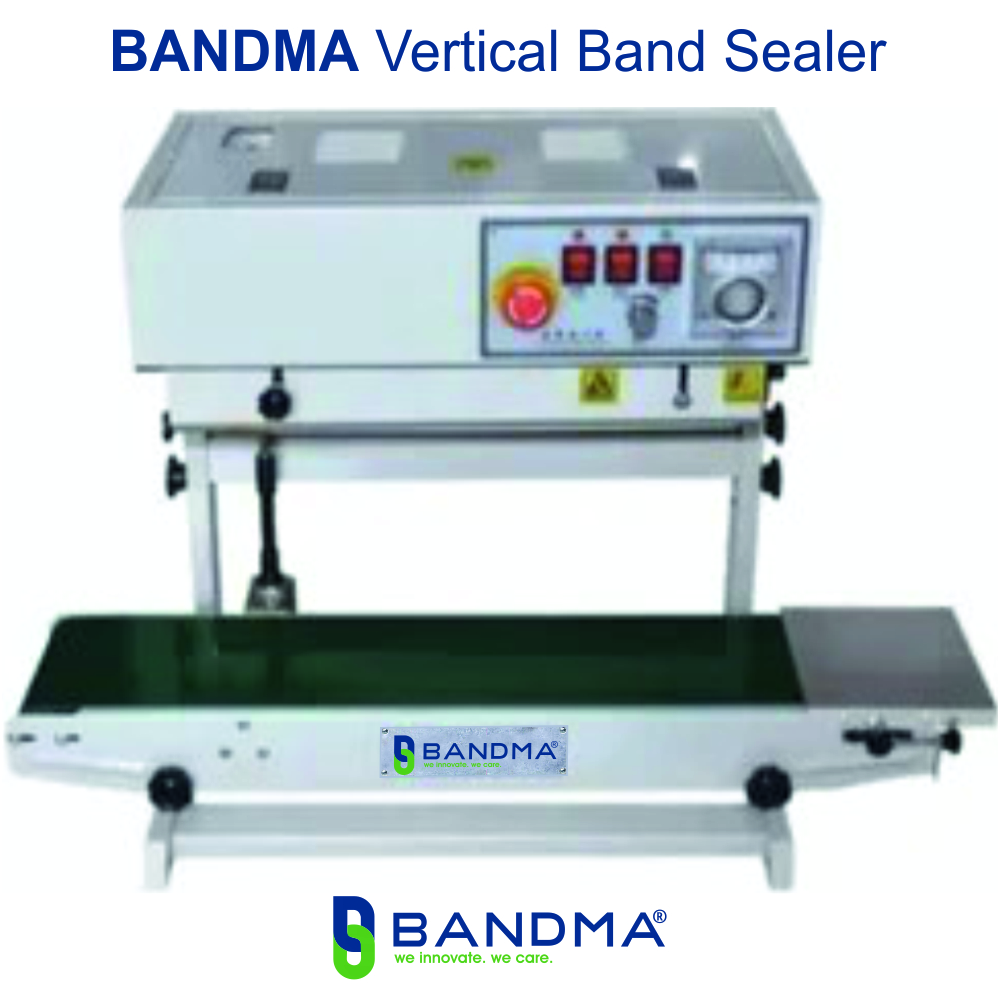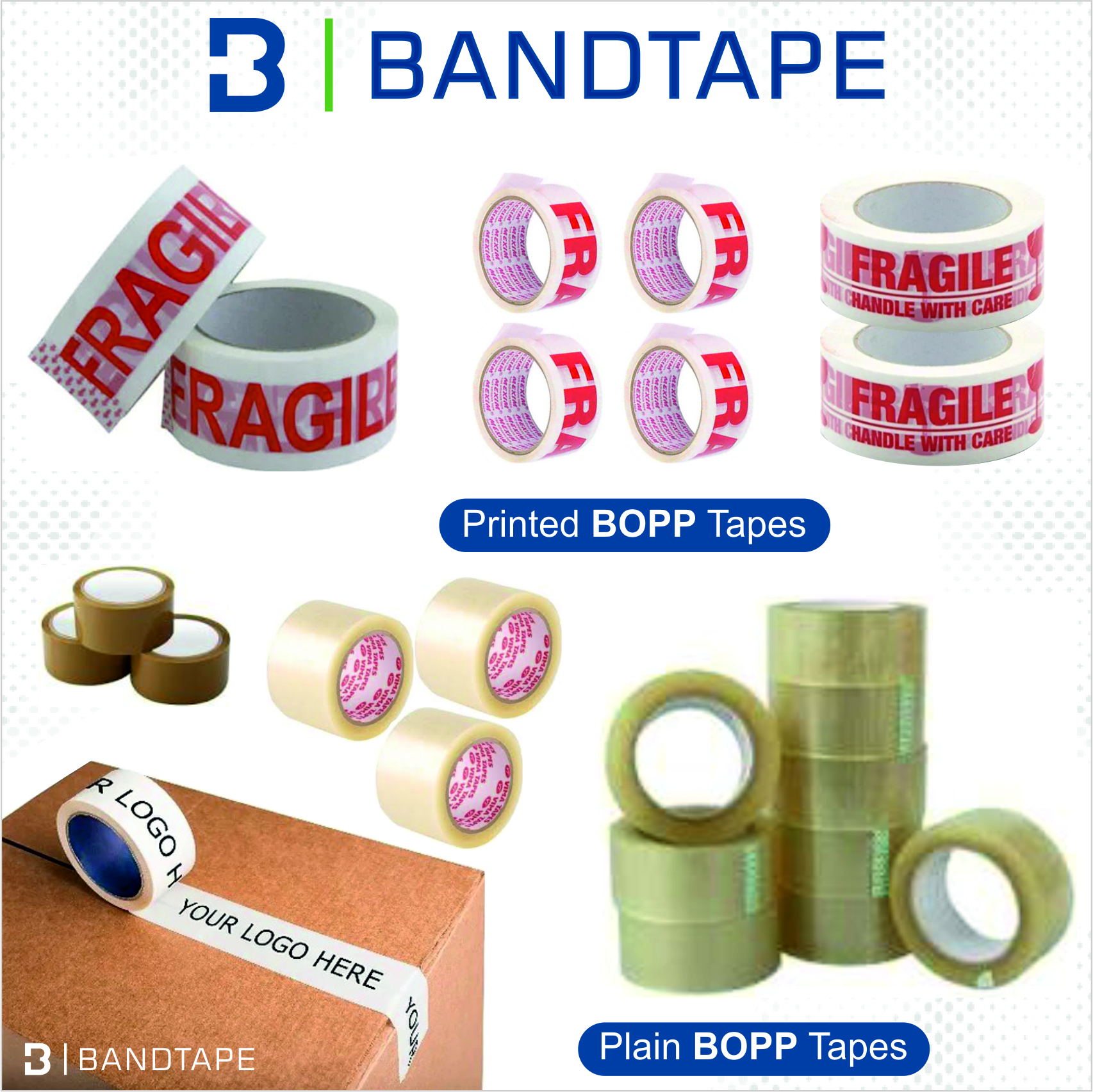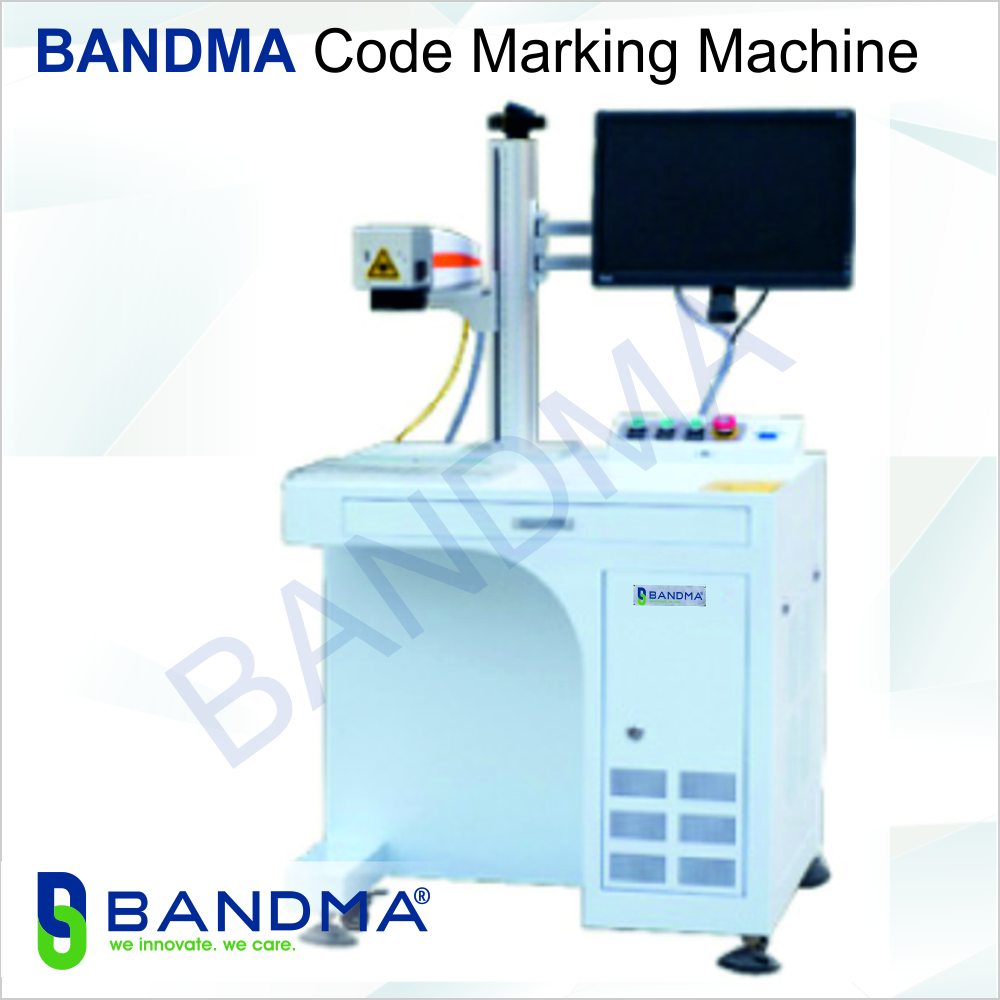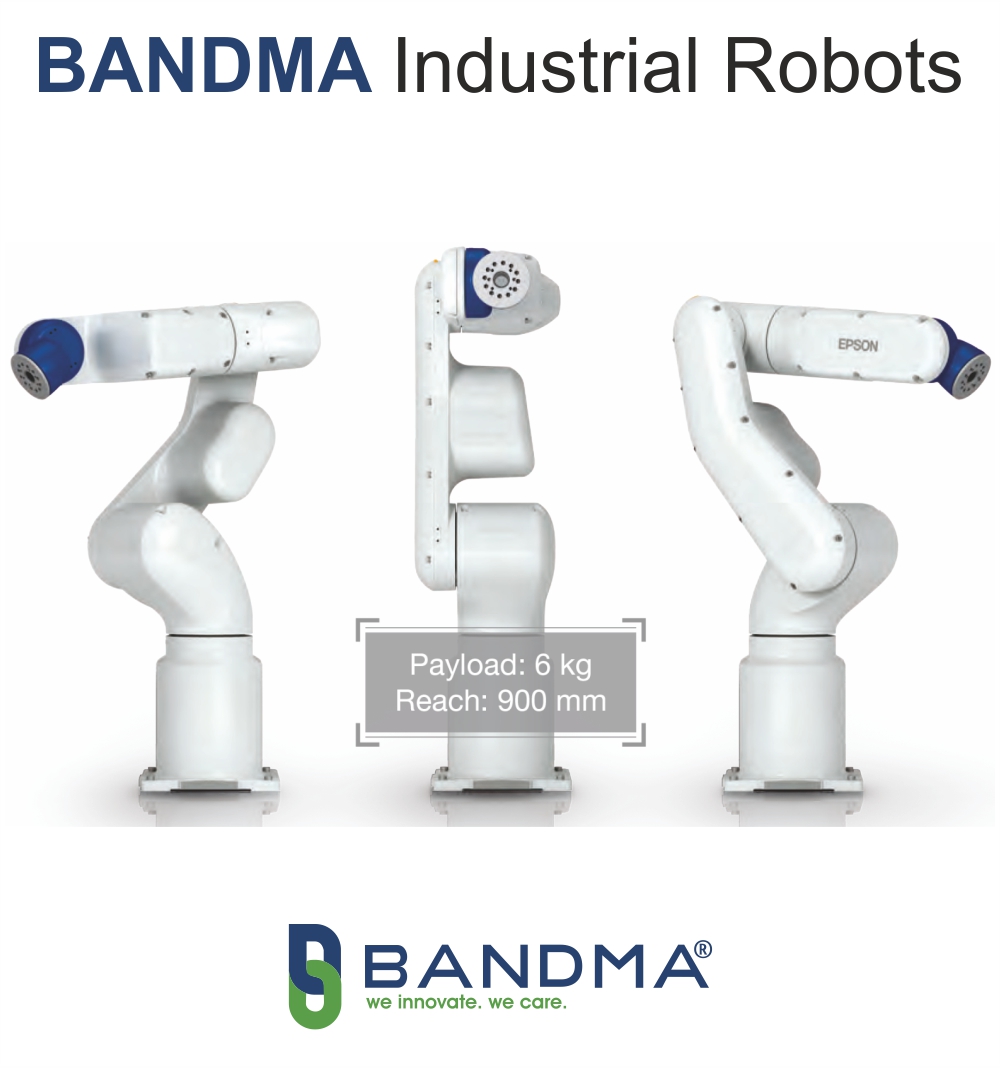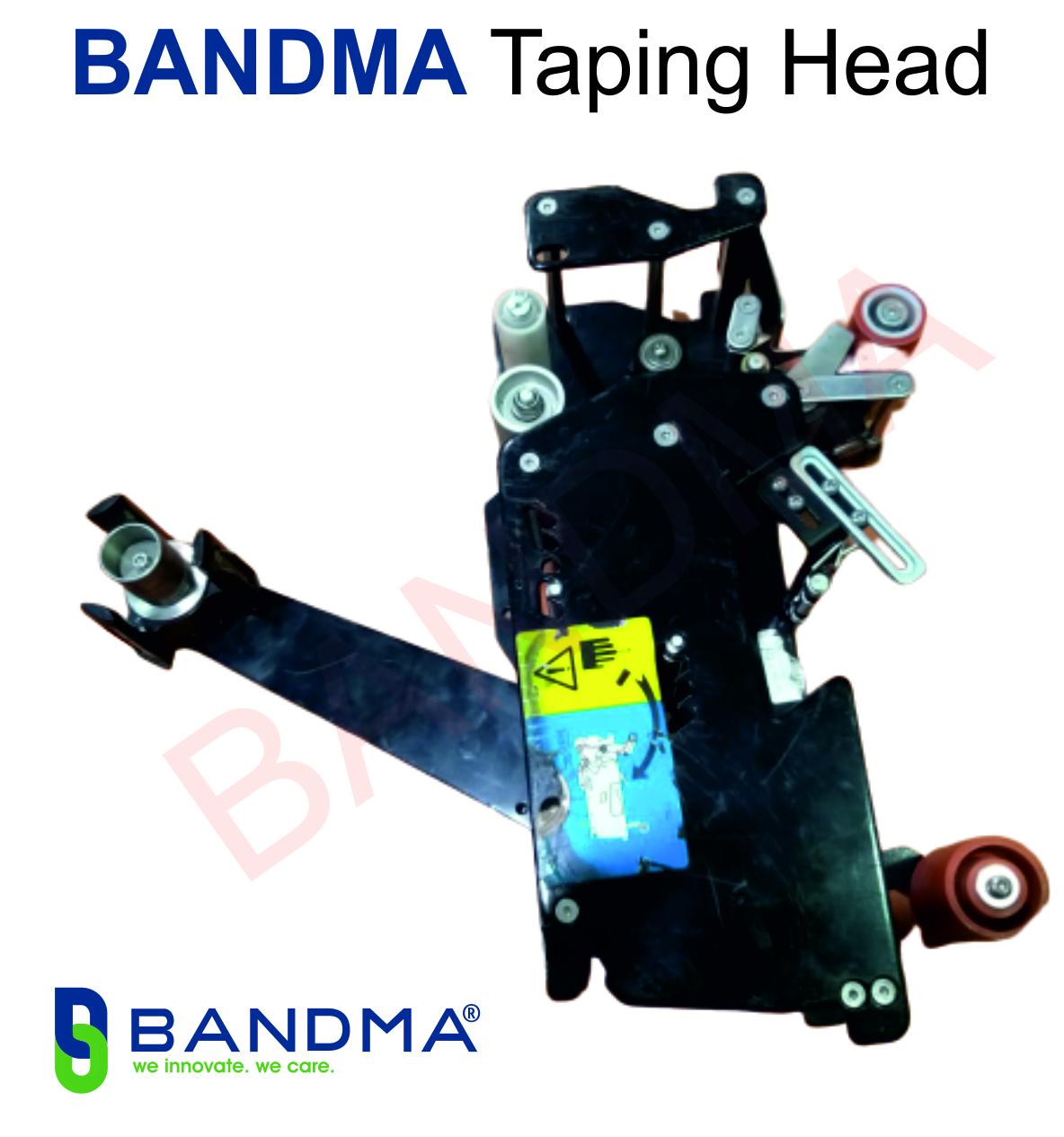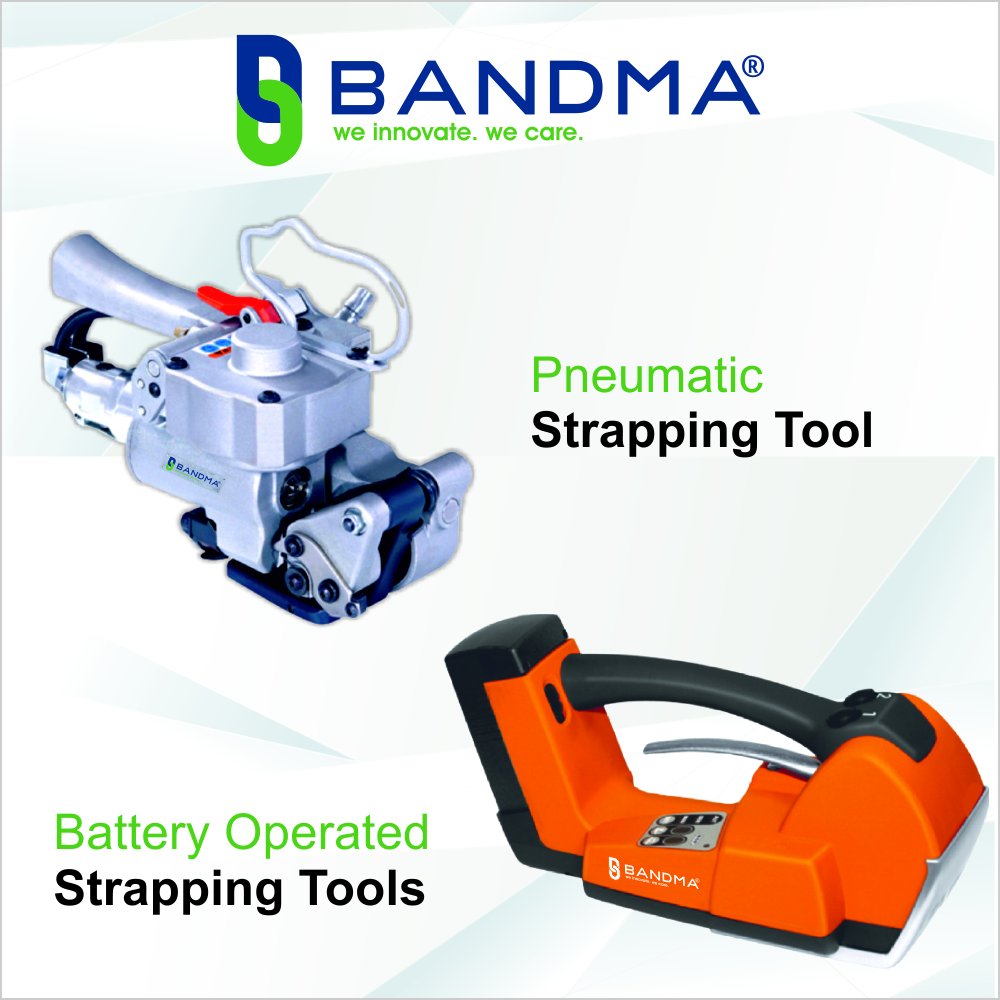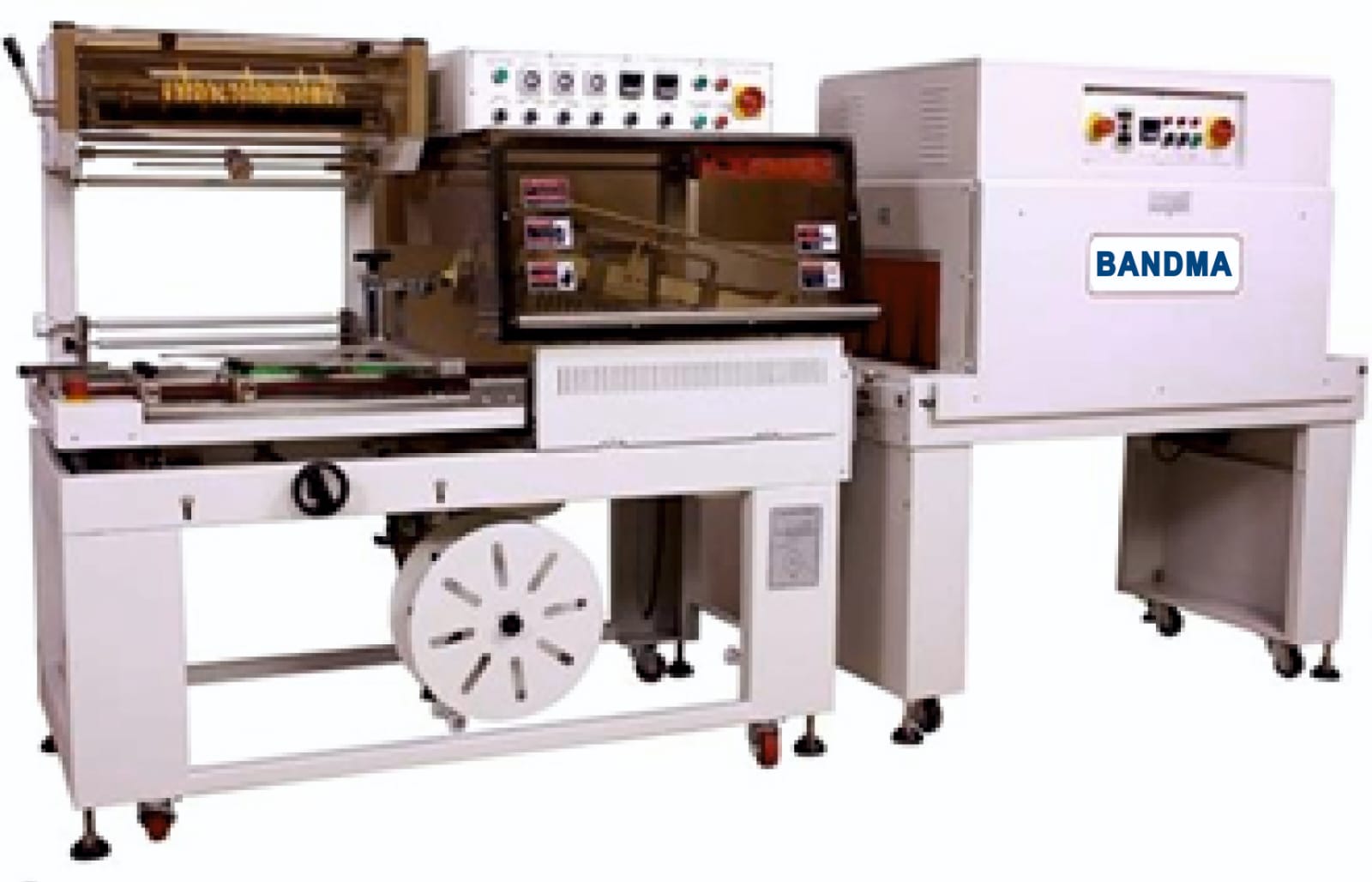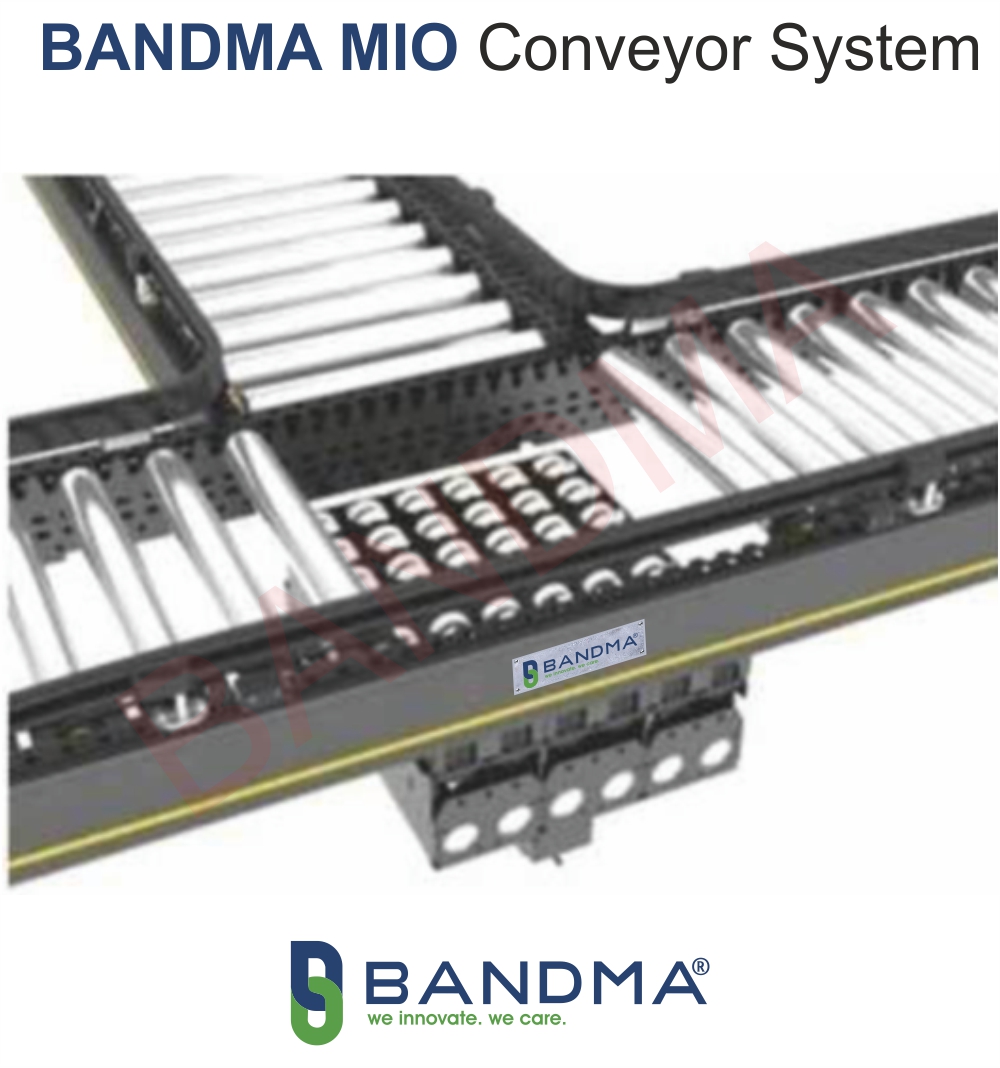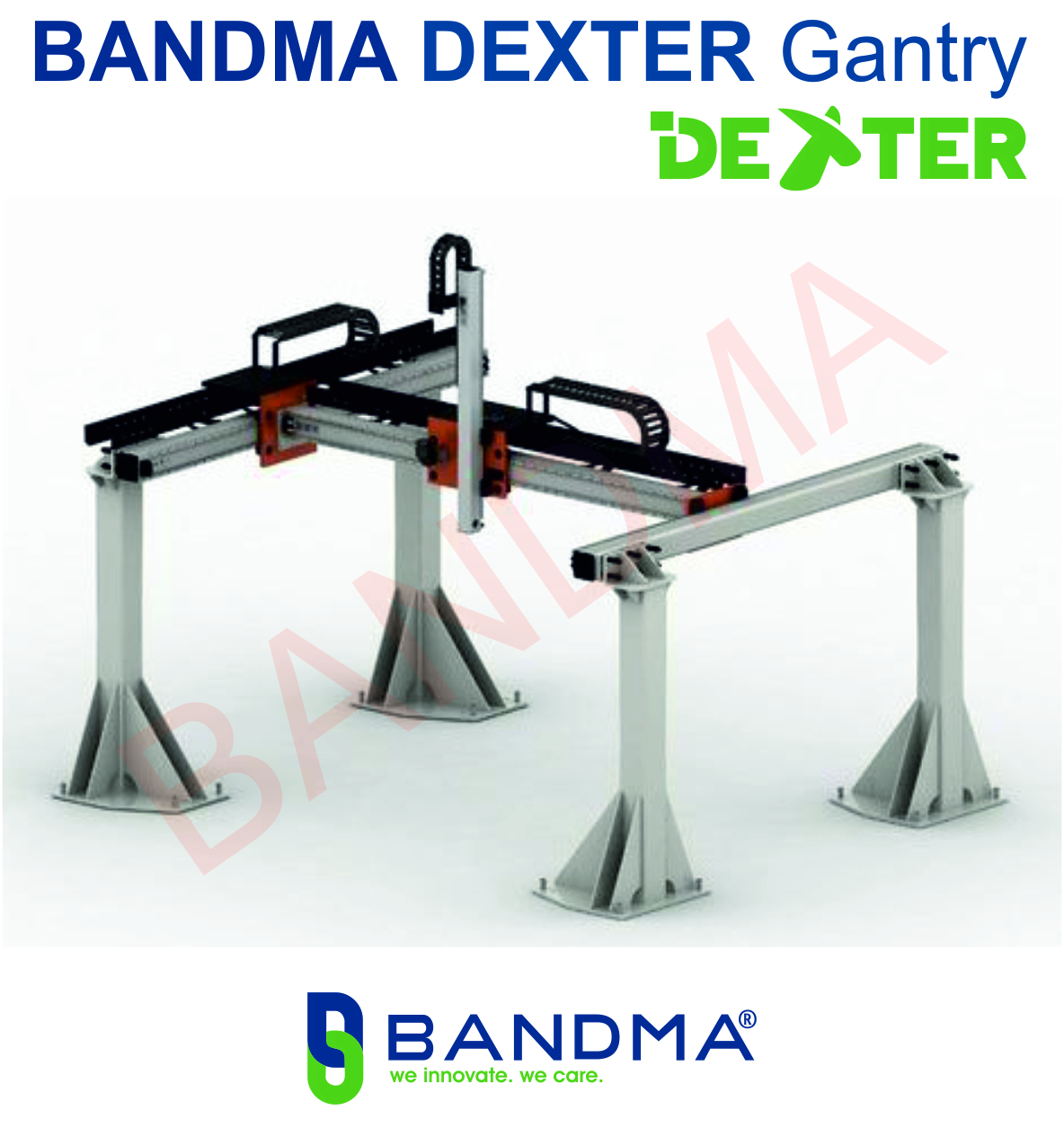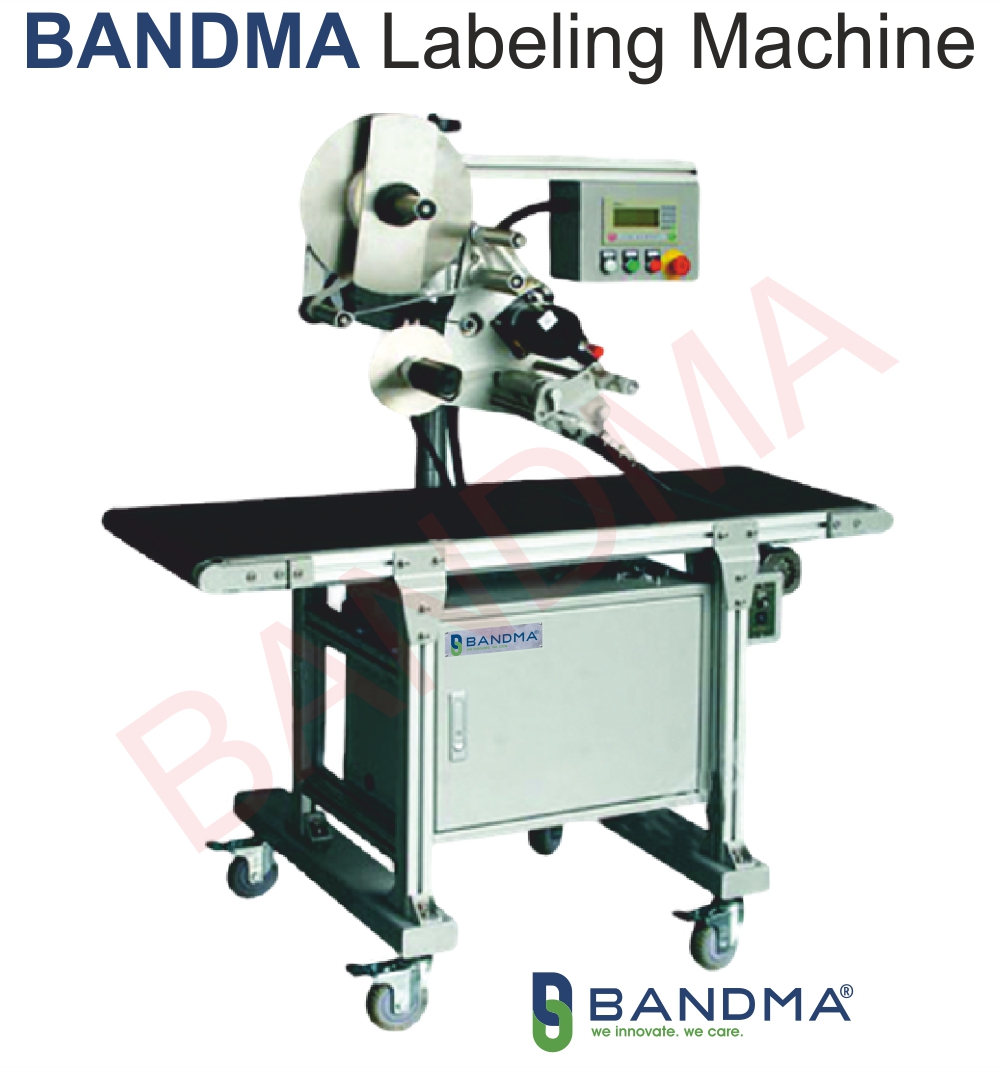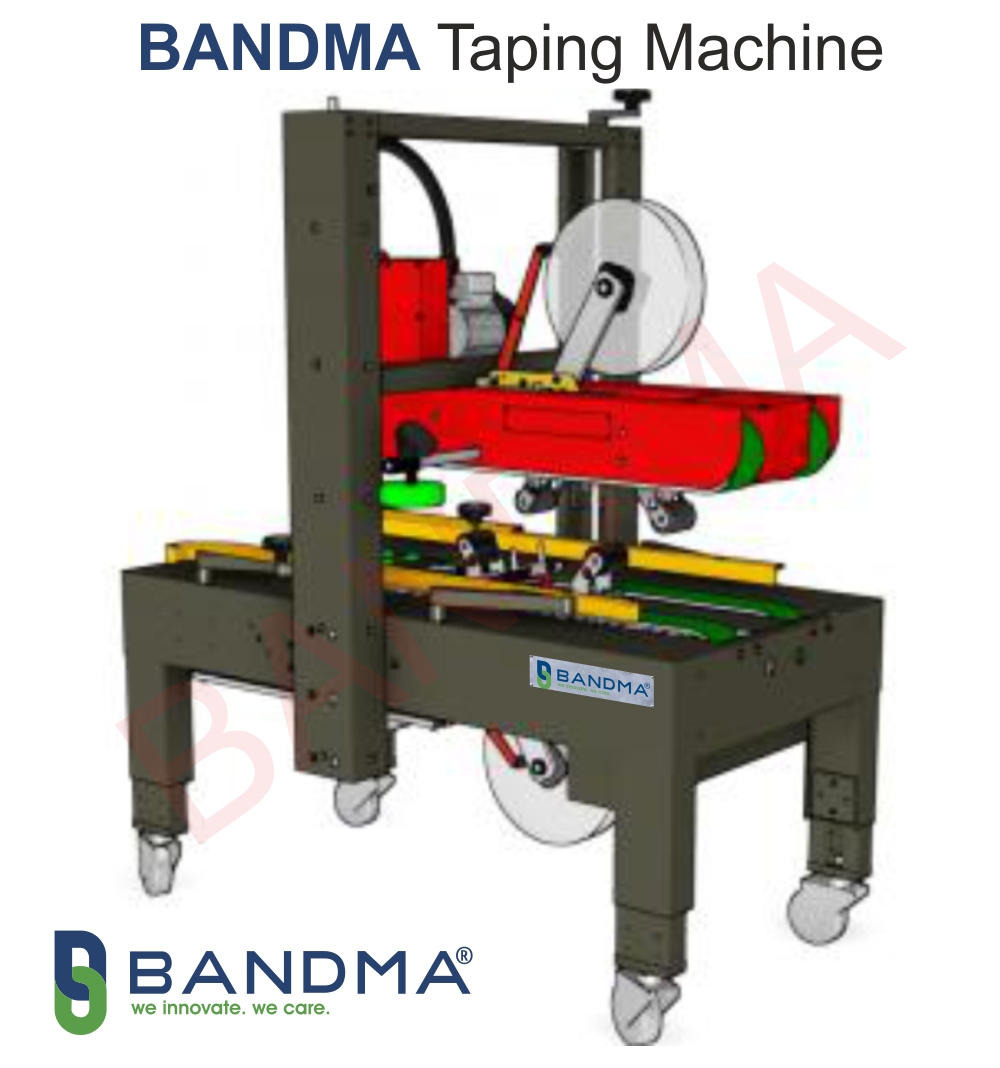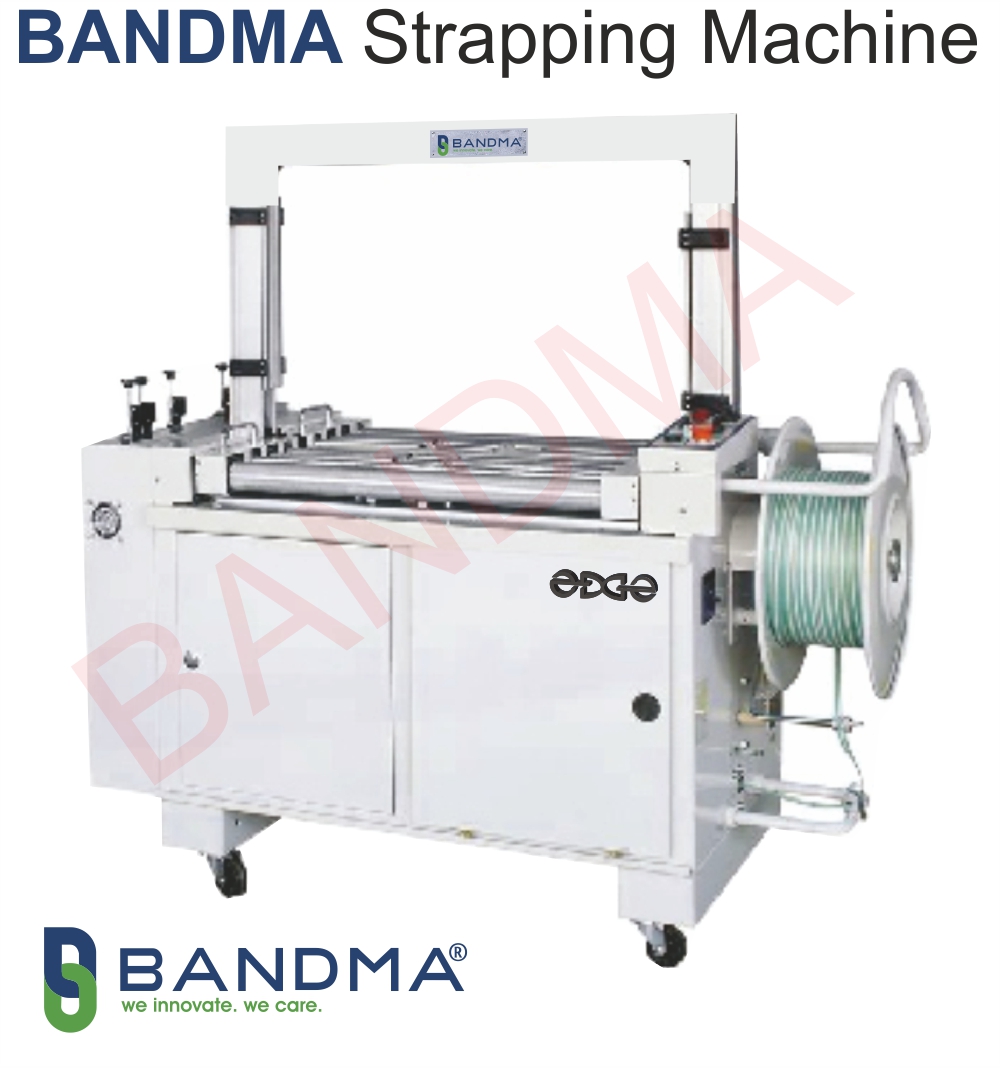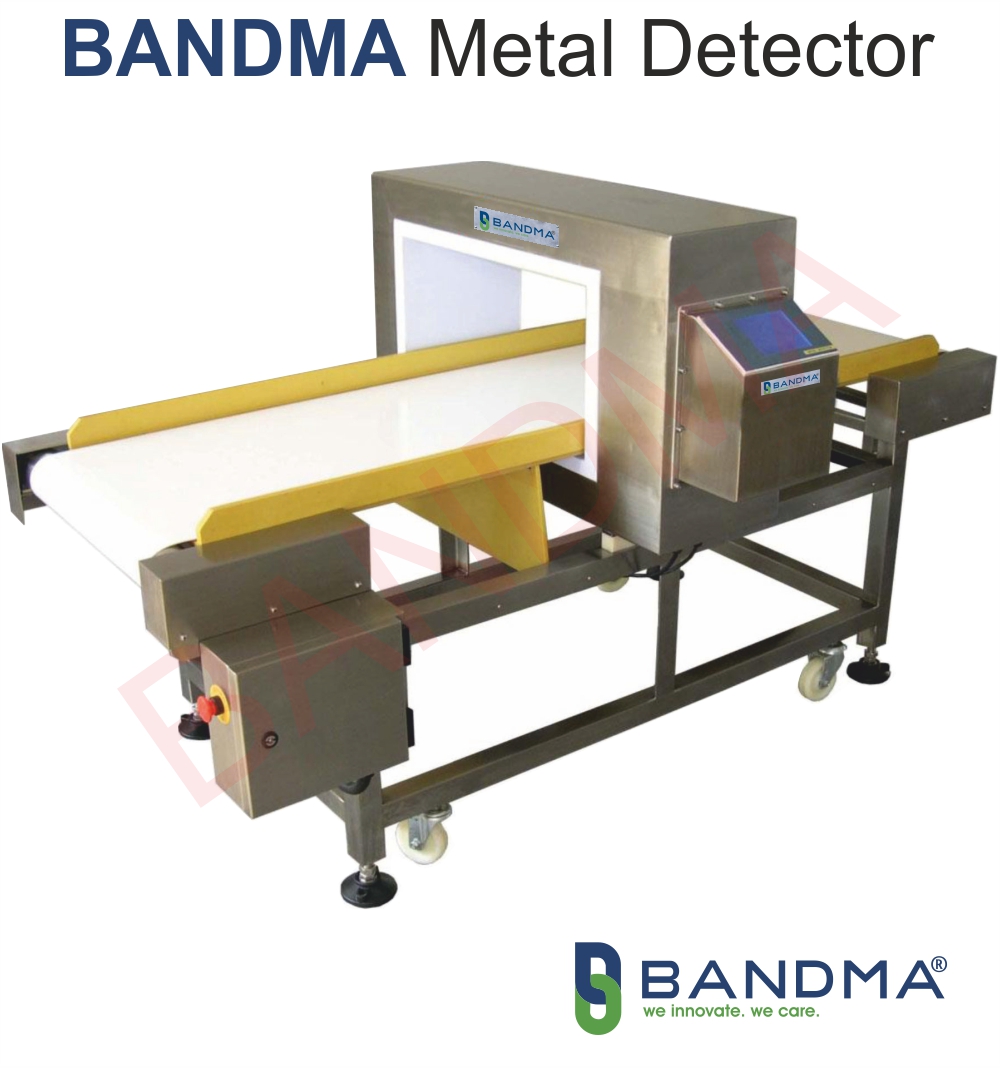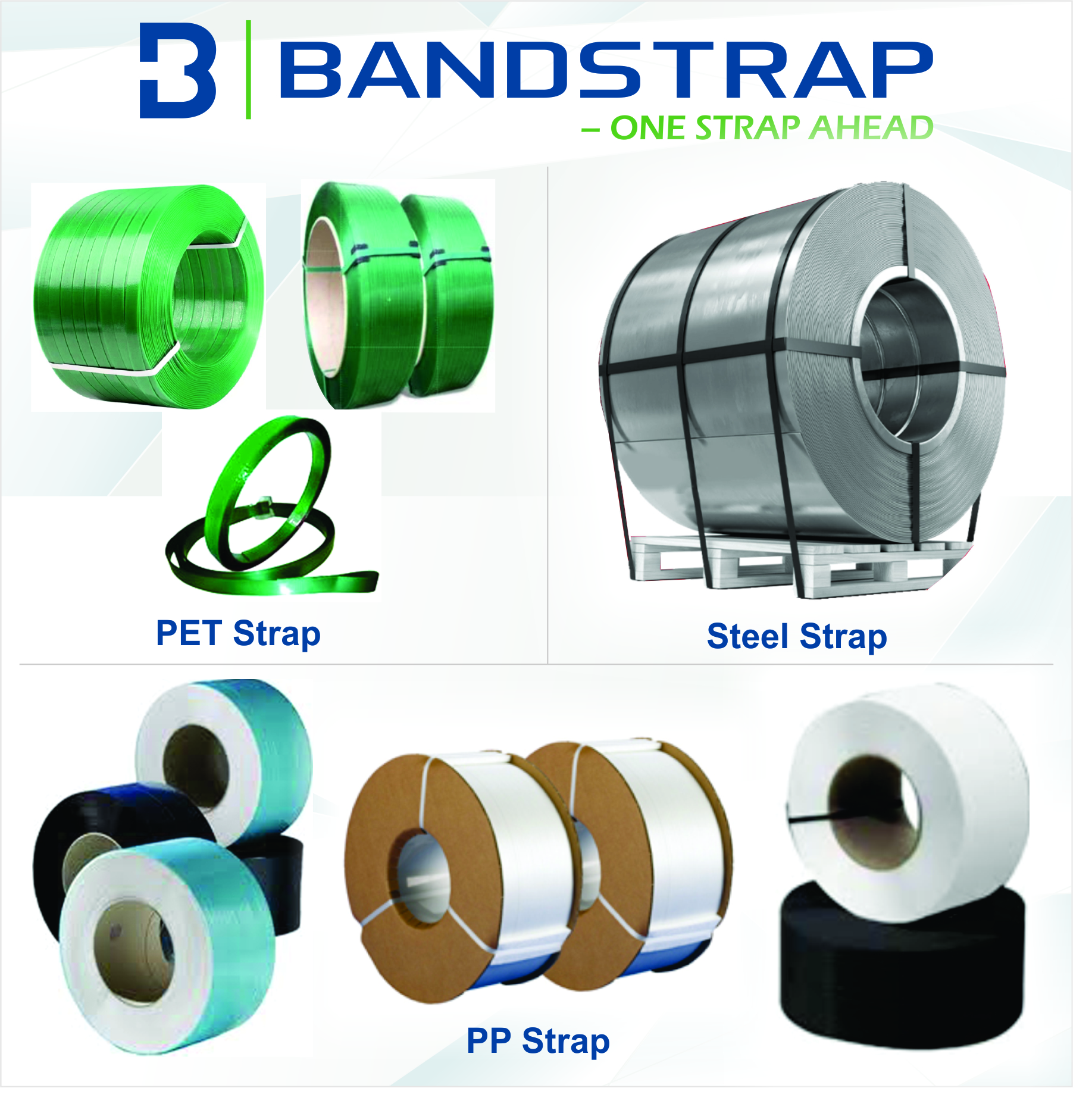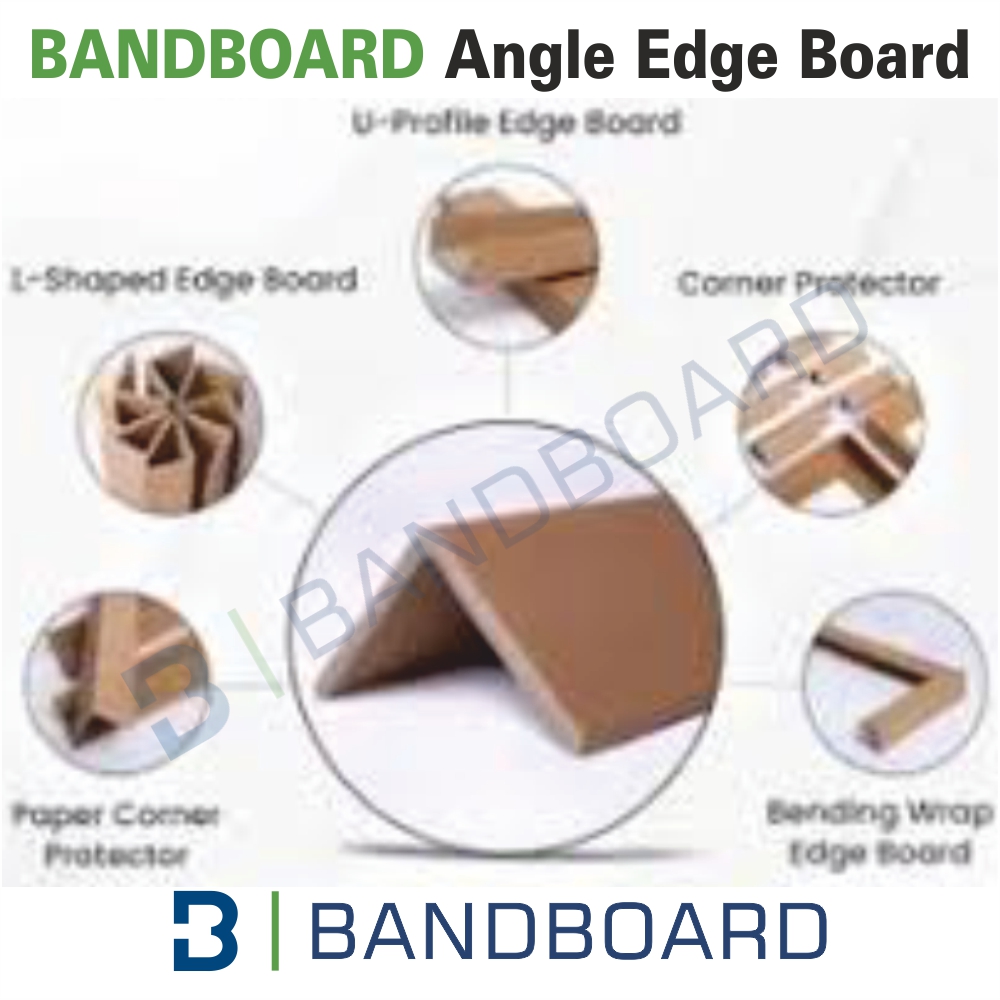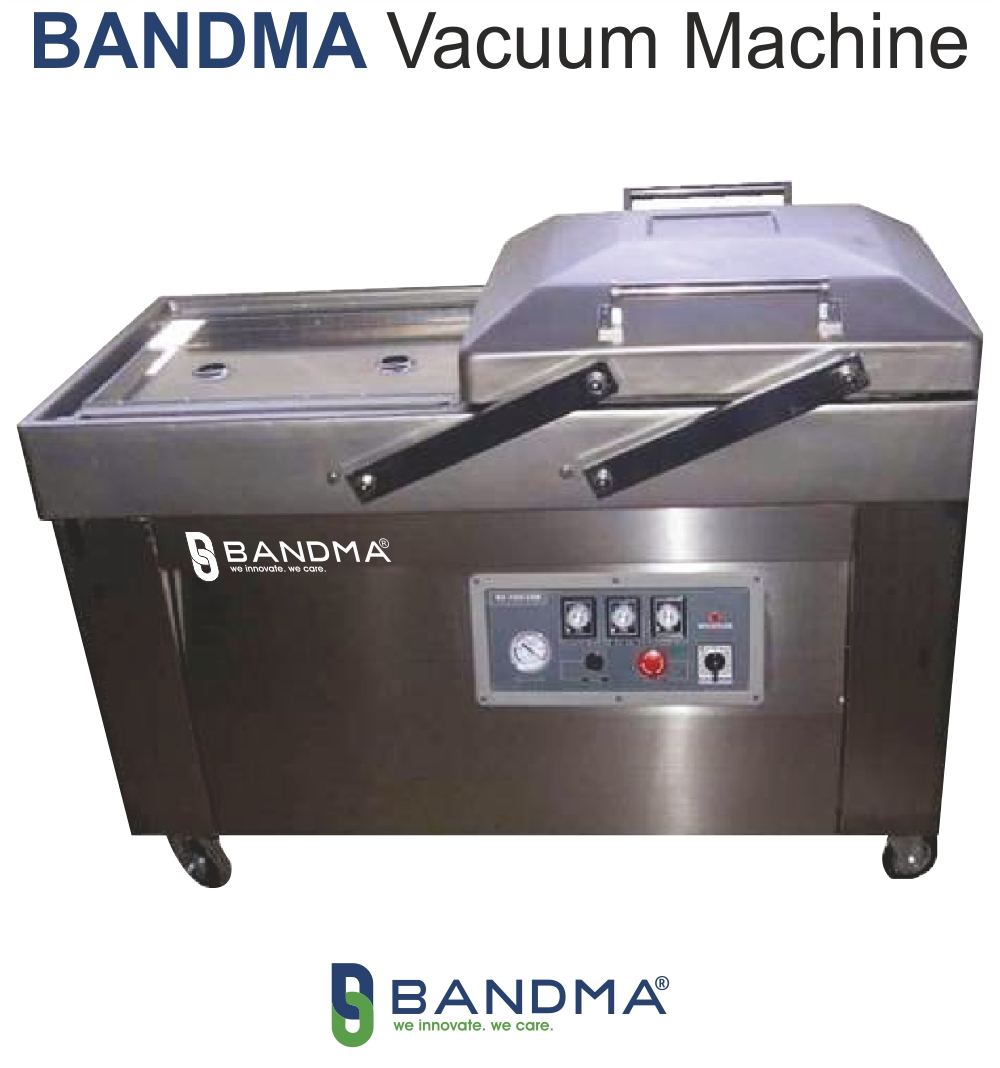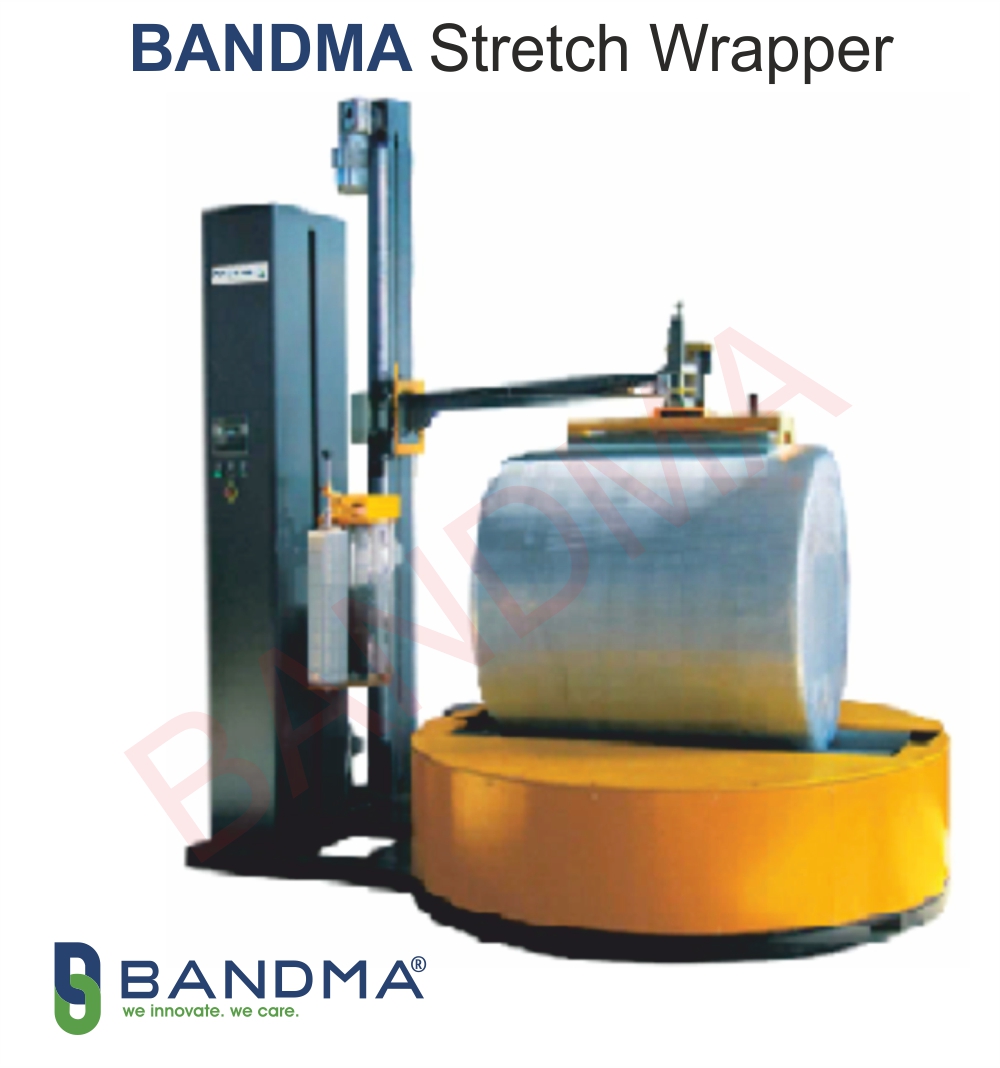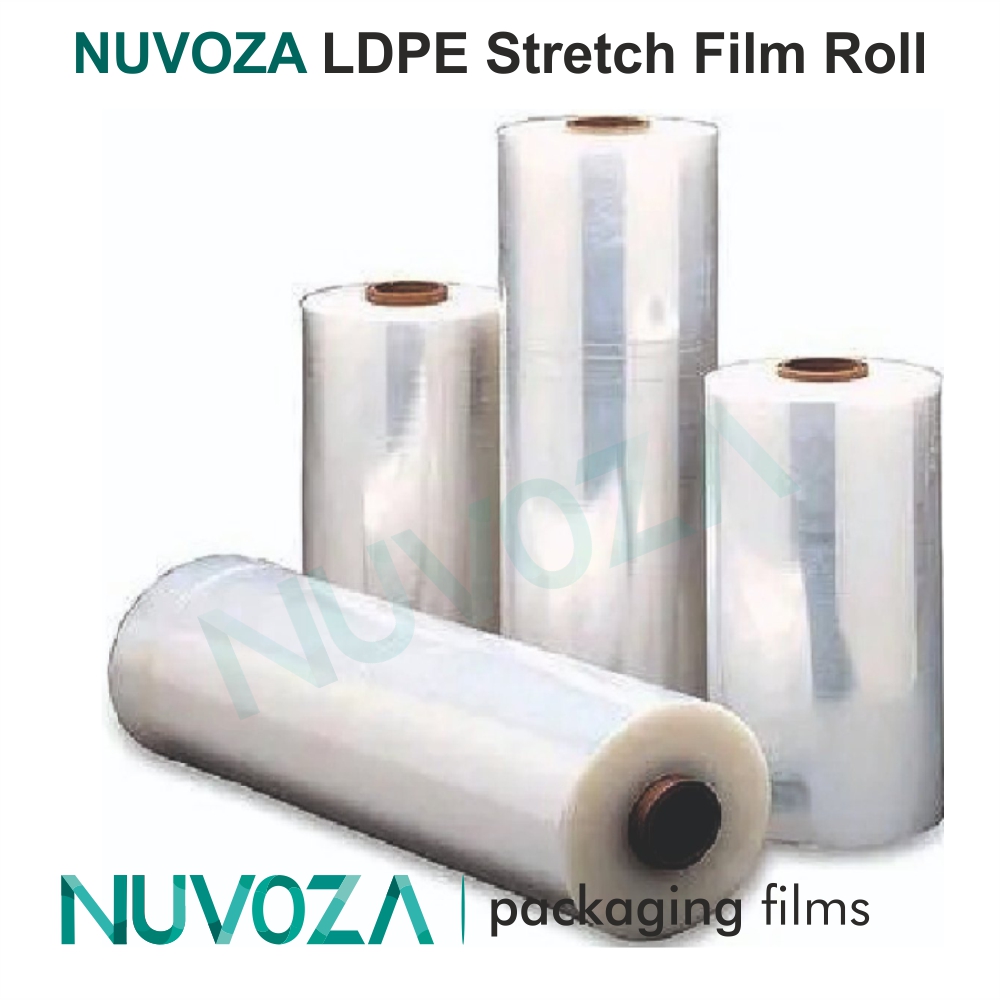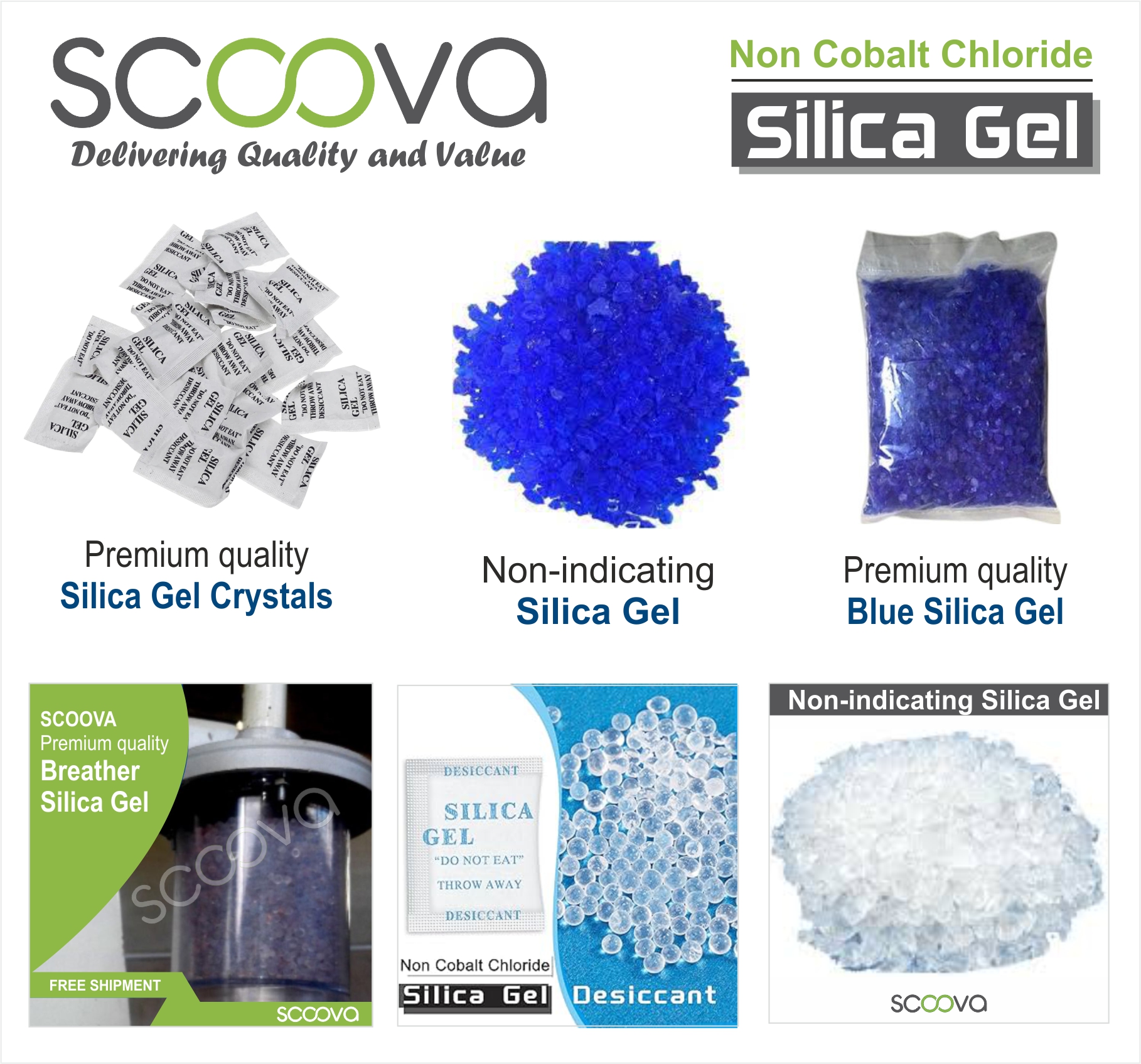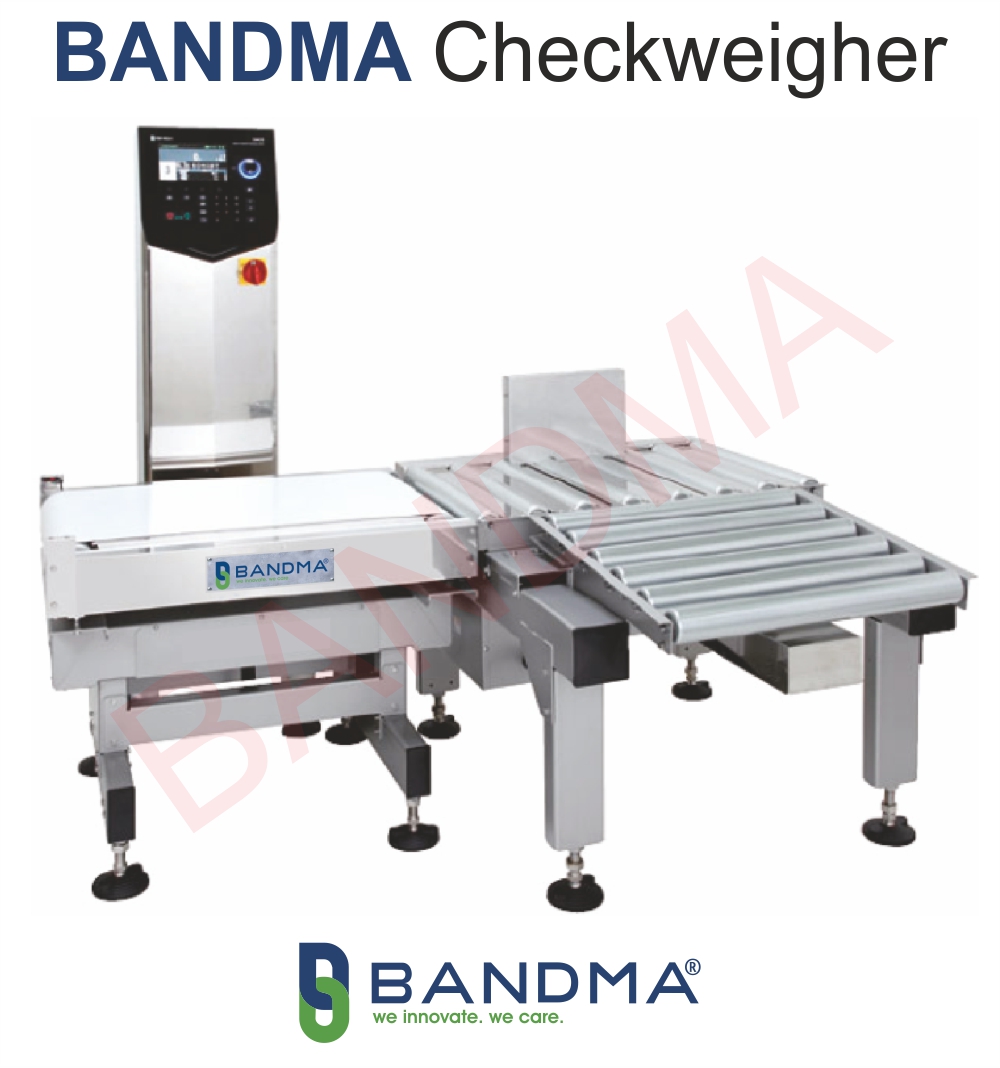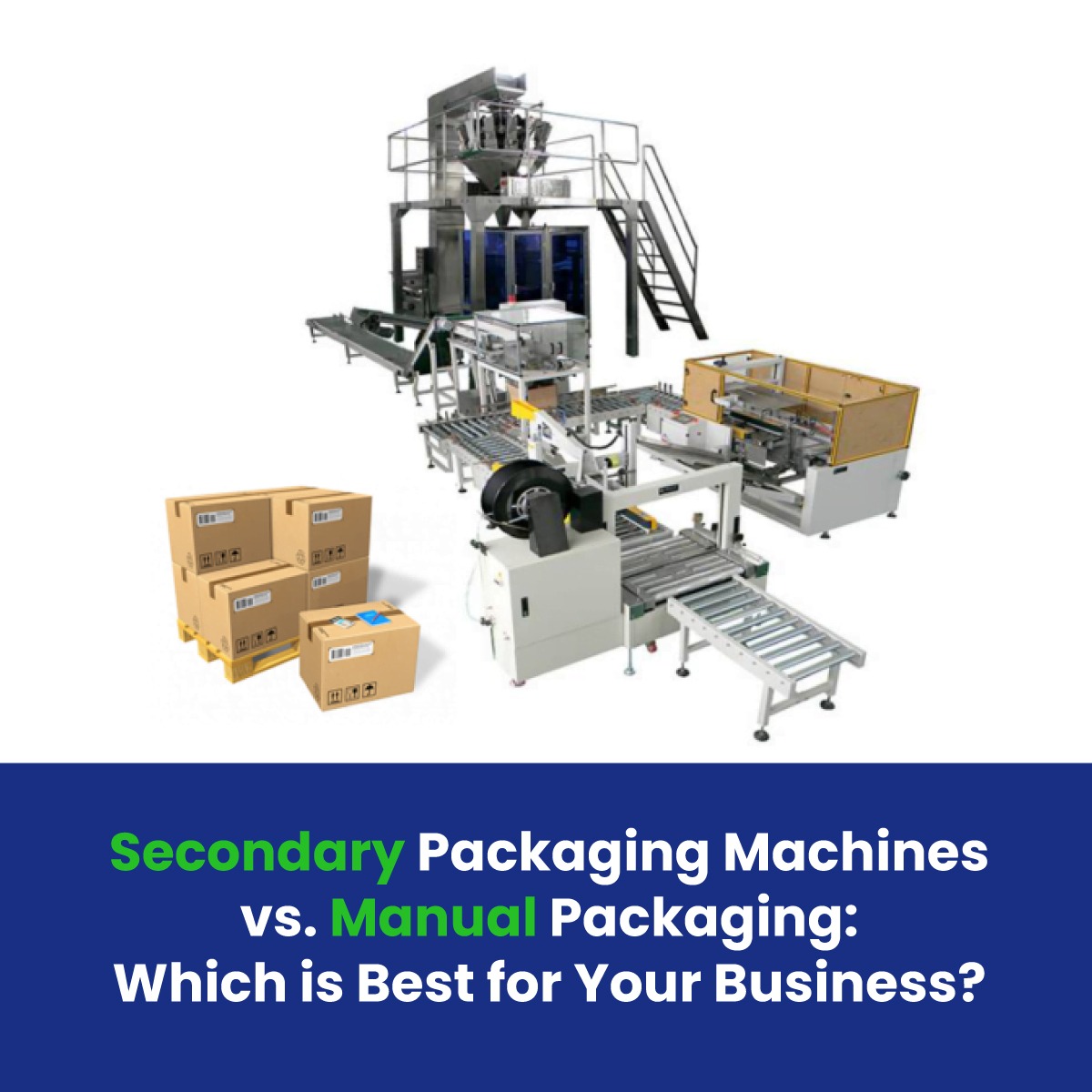In today’s competitive market, effective and secure packaging is crucial for ensuring product safety and enhancing customer satisfaction. Choosing between manual packaging and secondary packaging machines can significantly impact your business’s efficiency, cost, and quality standards. Bandma, a leader in advanced packaging solutions, offers state-of-the-art secondary packaging machines that deliver unmatched reliability and productivity. But is automation the right choice for your business, or does manual packaging still hold its ground? Let's dive into both options to help you make an informed decision.
What is Secondary Packaging?

Secondary packaging acts as an additional layer of protection for primary packaged products, ensuring they stay secure during transportation and storage. It includes processes like:
- Strapping – Secures packages tightly for stability.
- Stretch Wrapping – Protects products with a flexible, durable film.
- Shrink Wrapping – Offers tamper-proof protection and a professional finish.
- Carton Sealing – Ensures boxes are securely closed for safe transit.
Bandma's advanced secondary packaging machines enhance overall packaging efficiency while maintaining product integrity, making them a reliable choice for businesses aiming for consistent quality and productivity.
Manual Packaging: Pros and Cons
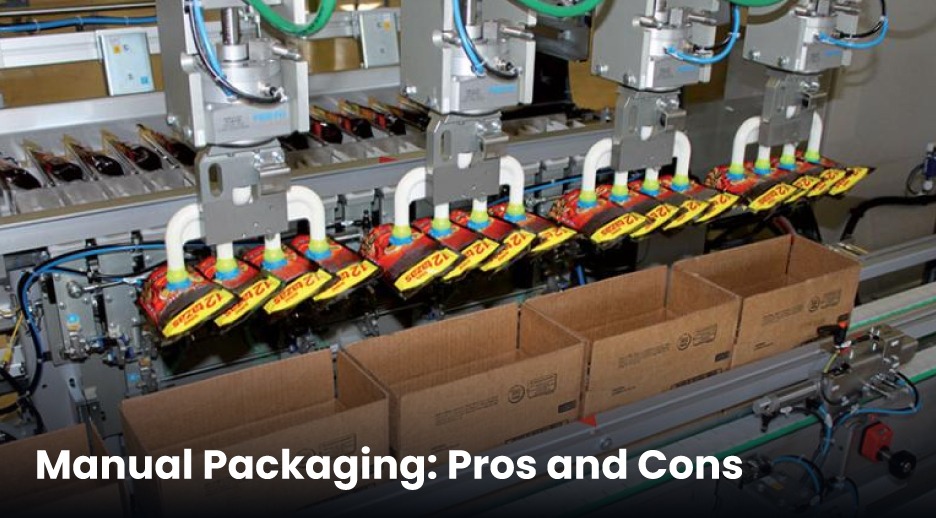
Manual packaging involves human effort to seal, wrap, and secure products without automated machinery. It’s commonly used by small-scale businesses or those with low production volumes.
Pros of Manual Packaging
- Lower Initial Investment: No need for costly equipment purchases.
- Flexibility: Ideal for businesses with irregular or small-scale production.
- Easy Customization: Allows human supervision for complex or delicate packaging.
- No Maintenance Costs: No worries about machinery breakdowns or servicing.
Cons of Manual Packaging
- Time-Consuming: Slower production speeds leading to lower productivity.
- Inconsistency: Higher chances of human error, impacting packaging quality.
- Higher Labor Costs: Increased workforce requirements, driving up long-term expenses.
- Limited Scalability: Struggles to meet growing production demands.
- Product Damage Risk: Inconsistent packaging may result in damages during transit.
Secondary Packaging Machines: Pros and Cons
Automated secondary packaging machines, like those from Bandma, optimize the packaging process, ensuring speed, consistency, and efficiency.
Pros of Secondary Packaging Machines
- Higher Efficiency & Speed: Automated systems significantly boost production rates.
- Consistency & Accuracy: Ensures uniform packaging, reducing human errors.
- Cost Savings in the Long Run: Lower labor costs and minimized product wastage.
- Scalability: Effortlessly adapts to increased production demands.
- Enhanced Product Safety: Provides superior load stability, reducing transit damage.
- Professional Brand Presentation: Delivers neat, high-quality packaging.
- Eco-Friendly: Optimized material usage, minimizing packaging waste.
Cons of Secondary Packaging Machines
- High Initial Investment: Higher upfront cost compared to manual methods.
- Maintenance Needs: Requires periodic servicing and technical support.
- Space Requirements: Occupies more floor space than manual workstations.
Bandma’s Advanced Secondary Packaging Solutions

Bandma is a pioneer in delivering innovative packaging solutions tailored to industry-specific needs. Here’s a look at their top-performing machines:
- Carton Sealing Machines – Precise carton sealing for enhanced protection and efficiency.
- Shrink Wrapping Machines – Offers tamper-proof packaging with a sleek, professional finish.
- Stretch Wrapping Machines – Secures palletized loads, minimizing movement and damage.
- Strapping Machines – Reinforces packaging with high-strength strapping for stability.
These machines streamline operations while maintaining high-quality standards, helping businesses reduce costs and enhance productivity.
Manual vs. Automated Packaging: Which is Right for Your Business?
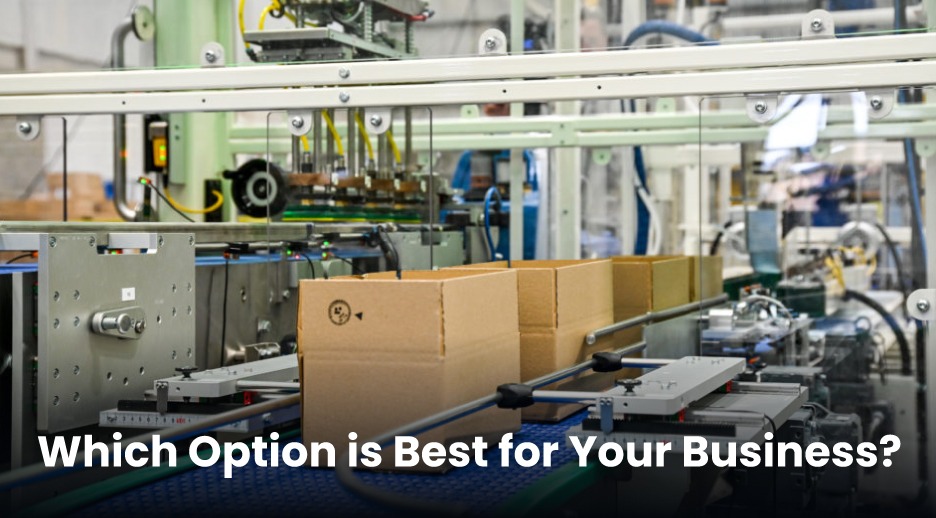
Choosing between manual packaging and automated secondary packaging depends on several factors:
- Production Volume: High-volume businesses benefit more from automation.
- Budget Considerations: Manual packaging is cheaper upfront, but automation provides a better return on investment in the long run.
- Consistency & Quality Needs: Automated systems guarantee uniform quality.
- Scalability: Automation is better suited for businesses planning expansion.
- Labor Costs: Automated machines reduce dependence on manual labor, cutting down operational expenses.
Bandma’s secondary packaging machines are the ideal choice for businesses aiming to improve productivity, packaging consistency, and cost efficiency.
Why Choose Bandma’s Secondary Packaging Machines?

Bandma is a trusted leader in packaging technology, offering reliable and innovative solutions that boost productivity and operational efficiency.
Key Benefits of Bandma’s Packaging Solutions
- High-Speed Operations: Meets high demand with faster production rates.
- Advanced Automation: Minimizes human error, ensuring consistent packaging quality.
- Customizable Solutions: Tailored to meet specific industry requirements.
- Durability & Reliability: Built with premium materials for long-lasting performance.
- Cost Efficiency: Reduces labor and material costs, maximizing profitability.
Conclusion
Both manual packaging and secondary packaging machines have their unique benefits and drawbacks. Manual packaging may be suitable for small-scale operations with flexible needs. However, for businesses seeking enhanced efficiency, consistency, and cost-effectiveness, Bandma’s advanced secondary packaging solutions offer a superior alternative.
Investing in automation not only streamlines packaging processes but also ensures long-term growth, enhanced brand presentation, and improved customer satisfaction. Upgrade your packaging strategy today with Bandma’s high-performance machines and stay ahead in the competitive market!

